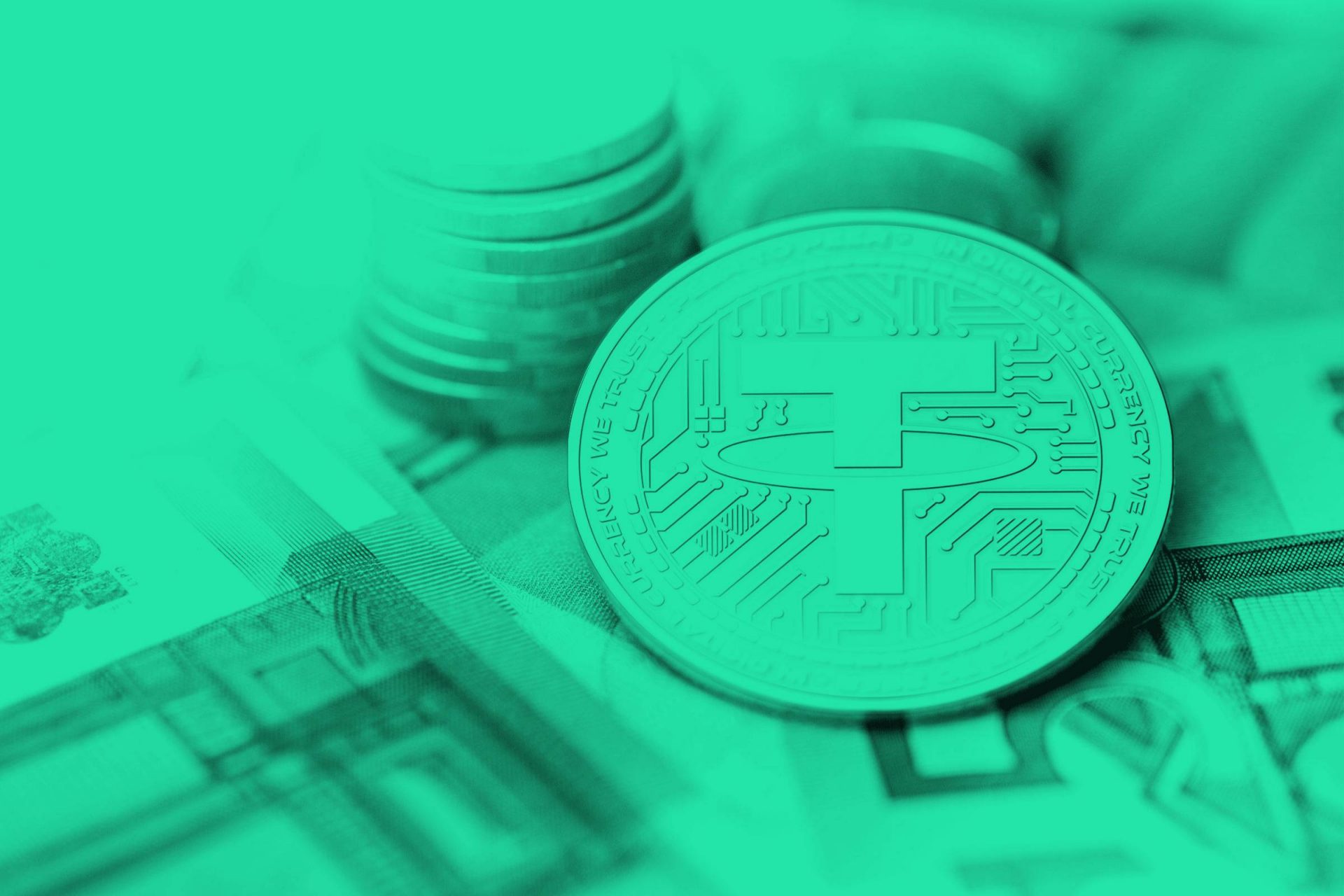Stablecoins are an important part of the blockchain ecosystem since they are the currencies used in most transactions, especially in NFTs and Decentralized Finance (DeFi). They are also widely used in real transactions such as in money transfers.
Stablecoins have grown in popularity recently, with their market cap soaring to almost $140 billion and trading volume being worth over $37 billion. Tether is still the biggest stablecoin by far with a market cap of over $97 billion. It is followed by the likes of USD Coin (USDC), Dai, First Digital USD (FDUSD), True USD, and USDD.
S&P Global, one of the biggest credit ratings in the world, has identified some of the safest stablecoins in the world. Interestingly, the agency believes that Tether is not among the best stablecoins despite its size and transparency.
USD Coin (USDC)
S&P Global believes that the USD Coin is one of the best stablecoins to buy, hold, and use in transactions. It has a stablecoin assessment figure of 2 or strong. It bases this view on a few frameworks, including governance, legal and regulatory framework, redeemability and liquidity, technology, and track record.
USD Coin is seen as a safe stablecoin because it was launched by Circle, a regulated company that is set to go public soon. It is also widely transparent, as you can see in its stability report website. Most importantly, it is audited by Deloitte, one of the big four auditors in the world.
Having a good auditor is an important part of stablecoins because of how delicate they are since the end users need to know that their assets are safe. USDC has maintained its peg for a long time.
Pax Dollar (USDP)
The other safe stablecoin, according to S&P is Pax Dollar, a smaller coin with a market cap of over $215 million. This valuation makes it the 13th biggest stablecoin in the world. Like USDC, Pax Dollar is fully audited and publishes its holdings report every month. The most recent report shows that the stablecoin’s assets are backed by the US dollar and US Treasury bills.
Gemini Dollar (GUSD)
Gemini Dollar is another safe stablecoin, according to S&P Global. However, unlike Tether and USDC, this is an extremely small stablecoin with a market cap of less than $40 million. The coin was created by Gemini, one of the biggest companies in the crypto industry.
According to its website, the Gemini Dollar has been regulated by the New York State Department of Financial Services, one of the toughest regulators in the industry. It is also audited by BPM, a top auditing firm. Also, it publishes its monthly attestation reports.
Least safe stablecoins
S&P Global has also identified a few stablecoins it believes are not safe. One of these coins is Tether, which has a rating of 4. There have always been concerns about Tether over the years, with many people questioning its reserves and the company behind it. However, as I have written before, Tether has maintained its peg for years even during periods of high stress like during the collapse of FTX and Terra USD.
The other stablecoins that the company has identified as being unsafe are TrueUSD (TUSD), First Digital USD (FDUSD), and Dai. TrueUSD has the worst rating, which is understandable since it has de-pegged severally. It is still a big stablecoin with over $1.2 billion in assets.
It is also worth noting that the S&P Global report only looked at eight stablecoins and left some of the big ones. It has not assessed stablecoins like USDD, PayPal USD (PYUSD), PAX Gold, and Liquity USD.












